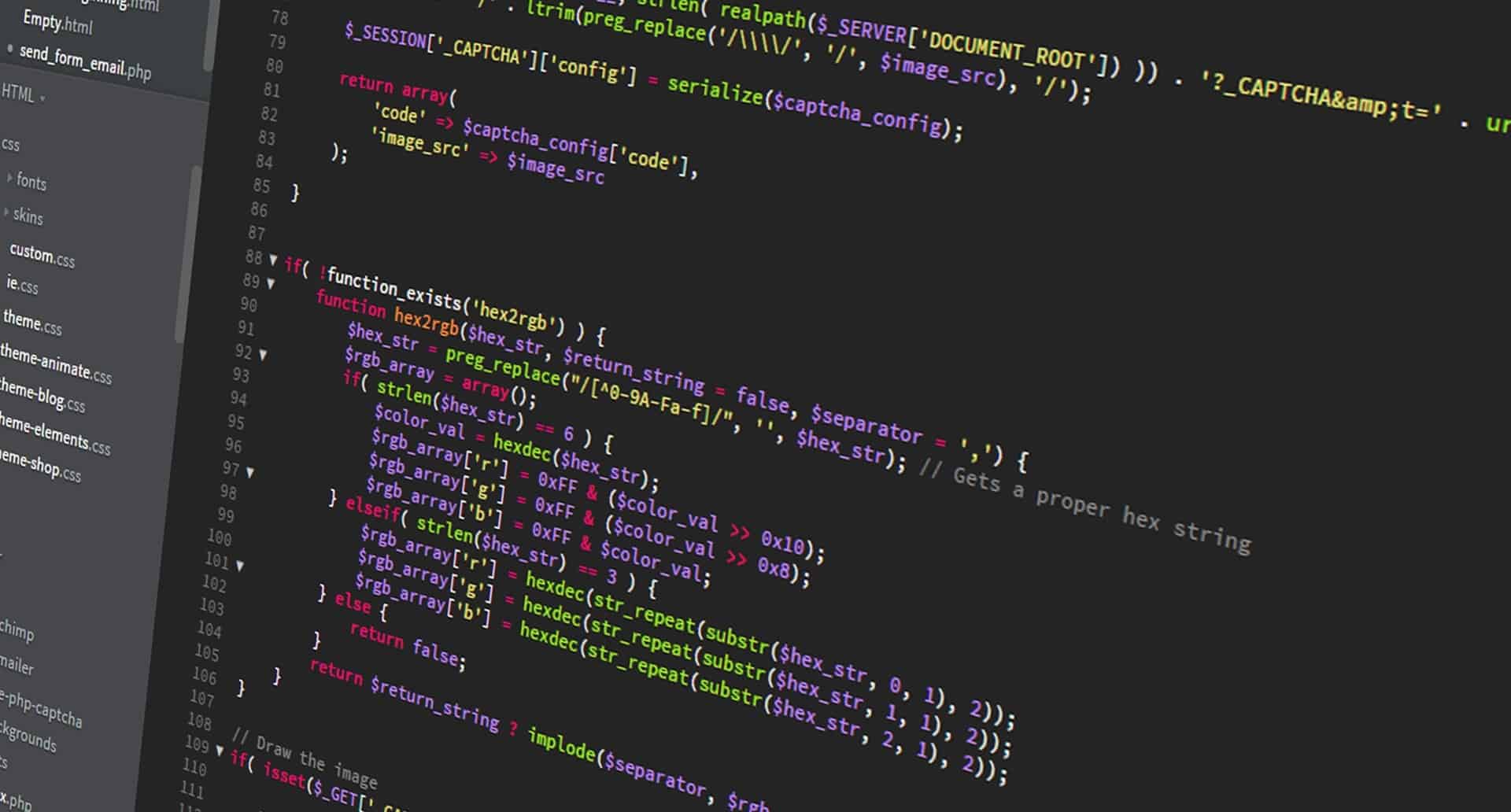5 Reasons to Invest in Employee Leave Management Solutions

What are leave management solutions? Do we really need one just to manage the leave of the staff? Aren’t manual spreadsheet entries enough to track the staff leave and absence? Manually updating spreadsheets is not only time-consuming but also prone to errors, making the process inefficient. In addition, relying on paper forms as another outdated method further complicates leave tracking and increases the risk of lost or inaccurate records.
These are a few questions that might have popped up in your mind right now. Right?
Employees apply for leave due to various reasons – sickness, maternity, paternity, leisure, vacation requests, etc. Since employees are one of the greatest assets a company owns, it’s not possible to approve all the leave requests. This creates a series of communications related to submission, acceptance, and rejection of the employee leave requests, which must be stored systematically to maintain records of all the communications. Employees can now submit requests digitally, making the process more efficient and organized. This can be termed as leave management.
Previously, companies used to manage these activities through a conventional approach, requiring them to invest a good amount of physical effort. Today, the scenario has been different.
The world is gradually making its shift to absolute digitalisation. Companies are automating their processes to gain real-time information and offer employees a modern place to work at.
Digitisation of the leave management process is one of those steps taken by the companies approaching absolute automation. With modern systems, employees can submit requests and manage their leave with just a few clicks, eliminating the need for paper forms and manually updating spreadsheets. A modern leave management software links the staff data seamlessly to an automated interface. Thus, offering the HR managers easy accessibility, categorisation, real-time data analysis, and streamline communications. Leave data is centralized and easily accessible for reporting and compliance, supporting better decision-making and accuracy.
Introduction to Leave Management
Effective leave management is the backbone of a well-functioning organization. At its core, leave management refers to the process of handling employee leave requests, approvals, and records in a way that supports both business needs and employee satisfaction. A robust leave management system streamlines this process, making it easier for HR teams to manage employee leave without the headaches of time-consuming HR processes or the risk of human error. By automating the leave management process, organizations can ensure that leave is tracked accurately, policies are applied consistently, and compliance with labor laws is maintained. The right system empowers HR teams to focus on strategic initiatives rather than getting bogged down in manual paperwork, ultimately boosting employee satisfaction and keeping the business running smoothly.
Online Accessibility in a Leave Management System
Gone are the days of managing the leave and absence of the employees with piles of paper. This paperwork is not only tedious but also drains the energy and productivity of the HR coordinator.
Plus, the storage and accessibility of these documents can be a daunting task. On the other hand, digital leave management offers better accessibility, flexibility, and efficiency. Pondering upon, how?
By switching to a cloud-based employee leave management solution, companies can store all the leave management related information and employee database in one place. The employees, as well as the HR coordinators, can access the software from multiple devices and perform various actions whenever they want to. The system also supports managing leave across multiple locations, ensuring consistent leave policy enforcement and tracking for employees in different offices or time zones.
In addition to this, multiple HR team members, as well as employees, can utilise such solutions at the same time, offering great user-friendliness and flexibility. Digital tools provide real time visibility into employee availability and leave status, helping managers avoid scheduling conflicts and streamline absence management.
Better Categorisation
As a company, you might be offering an assortment of leave to your employees – paid leave, sick leave, maternity leave, paternity leave, casual leave, holiday requests, sick days, etc. Hence, proper categorisation of these leave is imperative for a systematic workflow and management.
Such categorisation of the leave structure is challenging through the conventional approach. Employee leave management software like ScheduleLeave offers a highly user-friendly and tabulated interface that enables easy understanding of the leave classifications.
Clear communication of the company’s leave policies ensures that employees and managers understand their options and the process for requesting different types of leave.
Such structuring allows employees to better understand the available number of leave from each category and the possible impact of applying for leave from a particular category.
Eliminate Human Errors
They say ‘To err is human’, and we can’t agree more. The chances of human errors are always present when there is a maximum dependency on paperwork or a manual system, which increases the risk of errors and makes it difficult to maintain accurate records.
When HR coordinators manage the employee leave management activities through paper sheets or computer spreadsheets, it drains their energy and efficiency. This results in more possibilities of human error, and consequently, employee burnout.
The same results will be observed among other employees as well when there is repetitive mistake occurring in the leave management, and they become increasingly frustrated about the way the company handles the leave management. Automated systems help maintain accurate records, reducing frustration and minimizing errors for everyone involved.
Streamlined Communications for Employee Satisfaction
Transparent communication is one of the most crucial aspects in fostering the relation and bond with the employees. The same might not be possible with the traditional leave management approach. As mentioned earlier, the chances of human error are considerably higher while managing it conventionally.
In contradiction to that, employee leave management software helps in fostering the relationship by enabling transparent leave related communication between both ends. Employees can have access to the HR manager’s or reporting manager’s response to leave application in real-time, as well as access, leave policy announcement updates as and when required. The digital system also streamlines the approval process, ensuring that leave requests are reviewed and responded to efficiently. Similarly, HR managers can have a real-time view of employees’ leave balances and other information that can significantly impact the monthly payroll processing. This real-time data supports accurate payroll calculations and seamless integration with the payroll system, reducing manual errors and ensuring precise compensation.
This results in lesser to no chances of miscommunications, paperwork errors, or any other misunderstanding related to leave policies.
Advanced Reporting and Analysis
Modern employee leave management software solutions not only offer personal calendars but also give access to insightful reports and analysis, including detailed reports for audits and compliance. These software solutions are tech-savvy enough to provide you timely insights on,
- The busiest time period in your company- one that experiences maximum leave request
- Pending leave approval analysis
- Monthly leave allotment analysis
- Any possible abuse of leave policies by any division or employee
Additionally, these systems enable tracking of employee absences and managing team schedules, which are essential for effective workforce planning.
These advanced reports and analysis help companies make informed decisions, improve their leave policies, and support strategic workforce planning and company culture. Something that’s highly difficult to achieve with manual methodologies.
Convinced with us on investing in an employee leave management software? Start your free trial with us today and experience the best possible way to handle leave management activities.
Labour Laws and Compliance
Navigating the complexities of labor laws and compliance is a critical responsibility for any HR team. A leave management system plays a vital role in ensuring that your organization adheres to relevant labor laws, such as the Family and Medical Leave Act (FMLA) and other local or national regulations. With a digital management system, HR teams can stay up to date with changes in legislation, manage different types of leave—including paid time off, sick leave, and parental leave—and clearly communicate leave entitlements to employees. This not only helps protect the business from costly legal penalties but also ensures that employees understand their rights and the company’s leave policies. By leveraging a compliant leave management system, organizations can confidently manage employee leave while maintaining a positive reputation and fostering trust within the workforce.
Implementing a Leave Management System
Transitioning to a digital leave management system doesn’t have to be overwhelming. Start by assessing your current leave management process to identify pain points and areas for improvement. When selecting a leave management system, look for key features such as automated absence requests, a centralized team calendar, customizable holiday policies, and detailed reporting capabilities. It’s important to choose a system that integrates seamlessly with your existing systems, ensuring a smooth flow of information and minimizing disruption. Scalability and user experience should also be top priorities, so the system can grow with your business and be easily adopted by HR teams and employees alike. By streamlining leave management, you’ll reduce manual errors, improve operational efficiency, and support employee well-being—all while keeping your business compliant and agile.
Best Practices for Leave Management
To get the most out of your leave management system, it’s essential to follow best practices that promote fairness, transparency, and efficiency. Start by establishing clear, accessible leave policies and making sure employees can easily submit leave requests and check their leave balances. Regularly review and update your leave management system to stay compliant with evolving labor laws and to address the changing needs of your workforce. Integrate your leave management system with other HR tools, such as payroll and time off management, to ensure accurate tracking and seamless data exchange. By adopting these best practices, HR teams can reduce employee absenteeism, minimize scheduling conflicts, and create a supportive work environment that drives productivity and employee satisfaction.
Conclusion
In summary, investing in a leave management system is a strategic move for any organization aiming to streamline its leave management process, enhance employee satisfaction, and maintain compliance with labor laws. By digitizing the leave management process, HR teams can eliminate time-consuming HR processes, reduce the risk of human error, and foster employee well-being. The right system not only improves operational efficiency and minimizes manual errors but also supports a positive workplace culture. Whether you’re a small business or a large enterprise, implementing a leave management system is a forward-thinking decision that can transform your HR processes and contribute to your organization’s long-term success. Choose the right system, follow best practices, and watch your leave management process become more efficient, effective, and compliant.



